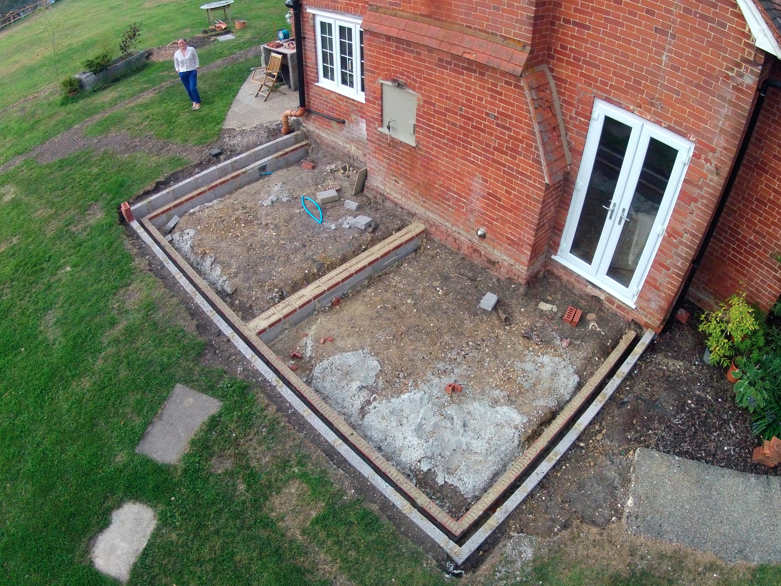NB - a word of warning. The subject of this post concerns poo. Scat fetishists and prudish grandmothers, please look away now.
Back in our old house, we had the modern day luxury of mains drainage. We could run the tap to get the water cold, have a bath whenever we fancied and flush the loo to our heart's content. We had no idea of the luxury we were experiencing...
When we viewed our house over 18 months ago, we saw a rather misfitting (and clearly stolen at some point...) British Telecom manhole cover balanced on the lawn. Our estate agent dismissed it - "Oh, that's the septic tank - never needs emptying, and of course you won't pay a sewage fee with your water rates. Don't look inside, the fumes will overcome you and you'll fall in and drown in your own excretions". OK we thought - not a perfect system but that's what you get when you live in a sleepy corner of the rural idyl.
As it turns out, it isn't a septic tank (which percolates waste water into the ground) but a cess pit, which collects every last drop that goes down the sink, loo, washing machine, dishwasher, bath plug etc etc. And the reason it 'never needs emptying' was that the previous tenant (when it was rented...) used to borrow a farm tractor and suck everything up with a trailer, before spreading the effluent on his unsuspecting Landlady's fields. No wonder the grass is lush...
Unable and unwilling to pollute the groundwater, we had to have the blasted Pit of Horrors emptied by a friendly man with dirty fingernails. I didn't shake his hand, nor did he offer - he's been in the business too long for that sort of thing. He bought a big wagon with a long hose, and took 3000 gallons (12,500 litres for we youngsters...) of effluent away, all for the (un)reasonable sum of £275. Little did we know that he would have to return three months later. And again after another three months. This was getting expensive. We started showering at work.
Something had to be done. We needed something that would treat our waste water so that we could run the bath without having to mentally calculate the cost of draining the water (0.45p per litre, in case you are interested - or about 40p per bath) We had two main choices - a septic tank that holds solid waste (yuk) and drains untreated water into the water table. This was not ideal as the water table rises close to the surface during the winter - poor percolation caused by the clay soil doesn't help either. This left us looking at a sewage treatment plant - a mini version of the kit Thames Water use. It introduces oxygen into the sewage which encourages bacteria to break down the waste, producing clean water which we can discharge into a ditch or stream. Fortunately we have a handy ditch!
We settled on a tank from
Marsh Industries - mainly because you only see a manhole cover in the lawn, unlike most other systems. The ground workers dropped it in a huge hole dug in the north west corner of the garden, not far from the Barn. The site was chosen as 1) it was close to our ditch, for ease of discharging the treated water 2) it needs about 45w of power to run the treatment compressor 3) we plan to have a loo in the Barn and 4) there was nowhere else for it.
So, enough waffle - some pics of the site!
Location - just to the right of the telegraph pole that is in the top left hand corner of this pic. Our neighbour's house is top left, ours is on the right...
New trench from our existing manhole towards the new treatment plant.
Looking into the nice new treatment plant through the manhole cover - it looks a bit like a fish farm now! Dirty water enters into the left hand chamber where heavy waste (yuk...) remains. Dirty water overspills into the centre chamber where it is aerated by pumped air and agitated by the floating plastic 'pine cone' things which you can see under the mesh. Clean water then overspills into the right hand tank - some is circulated back into the dirty side to produce some flow. When the clean side fills up enough to trigger the float switch, clean water is pumped out and discharged into the ditch. Clever stuff - but nice and simple with no moving parts to corrode or service.
This is the view we will see above ground - the orange pipe will be cut down, and the concrete pad on the right will house the compressor for the aeration.
Finally, fill the trench back in and enjoy the ability to run the tap for as long as you need!






























